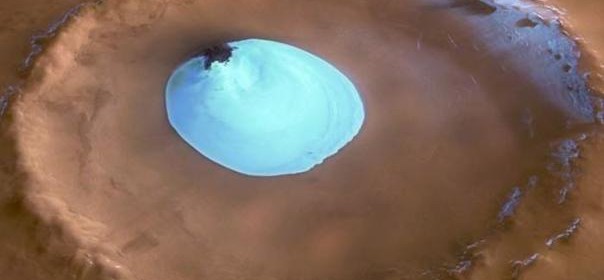Life-friendly lake on mars

|
Getting your Trinity Audio player ready...
|
NASA scientists have discovered evidence that a large freshwater lake existed on Mars billion of years ago, further strengthening the case that Earth’s neighbor once harbored life.The lake was part of a network of waterways that could have lasted thousands or even millions of years—possibly long enough for simple organisms to take hold there.Those conclusions come from an analysis of two mudstones drilled by the Curiosity rover during its exploration of the 96-mile-wide Gale Crater. The analysis dates the lake’s existence to about 3.5 billion years ago — roughly the same time life emerged on Earth—when Mars was warm and wet rather than the cold and arid place it is today.
The mudstones contained clay minerals, which form in waters with neutral pH, along with carbon, hydrogen, oxygen, sulfur, nitrogen, and phosphorus-all elements critical to life as we know it. They also contained iron and sulfur minerals that could have been food for microbes like chemolithoautotrophs, which live on Earth deep underground and in caves and hydrothermal vents. “All the essential ingredients for life were present” Caltech geologist John Grotzinger tells The New York Times. “The whole thing just seems extremely Earth-like.”

 Print
Print